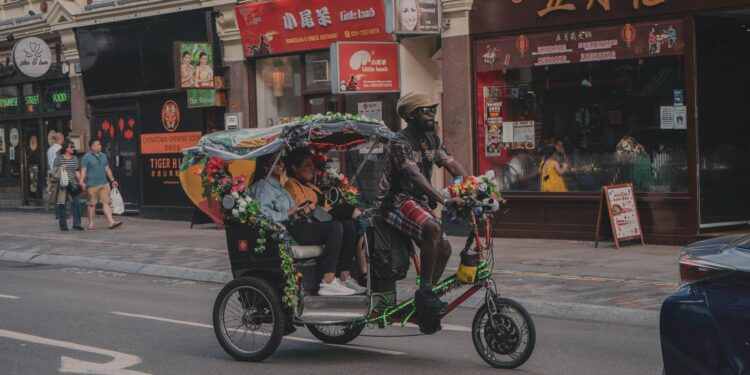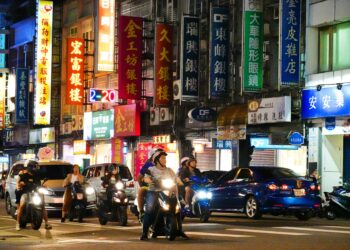The Thai tourism ministry’s announcement of a target to attract at least 2 million Chinese visitors in the next four months is an ambitious plan. While the year’s total of 3.3 million Chinese tourists sounds substantial, it represents a significant shortfall from pre-pandemic benchmarks and highlights an economy still struggling to recalibrate its over-reliance on a single market.
The pledge to ensure “safety for travellers” is the central pillar of this new campaign, but this focus reveals a critical weakness. It suggests that Thailand is playing catch-up, directly responding to well-publicized safety concerns that have tarnished its image as a carefree paradise.
The important question to ask isn’t whether Thailand can hit this number, but whether this narrow, safety-focused pitch is enough to secure a sustainable future for its tourism industry in an increasingly competitive Southeast Asian landscape.

Why It Matters
The ministry’s emphasis on safety is a necessary but insufficient solution. For years, incidents ranging from boat accidents to scams targeting tourists have circulated widely on Chinese social media platforms like Weibo and Douyin, severely impacting the perception of Thailand as a secure destination.
By explicitly naming safety as a priority, the Thai government is attempting to directly counter this narrative. However, this approach is fundamentally defensive. It seeks to regain lost trust rather than build new excitement.
The real analysis here is that “safety” has become the baseline expectation, not a unique selling proposition. While crucial, simply promising a incident-free holiday does little to differentiate Thailand from competitors like Vietnam, Japan, or Singapore, which are also aggressively vying for the lucrative Chinese tourist dollar.
The ministry’s campaign risks being seen as a mere checklist of precautions—more police in tourist areas, better regulated tours—rather than a visionary relaunch of the Thai brand. True success requires moving beyond damage mitigation and crafting an irresistible value proposition that makes safety a given, not the headline.













